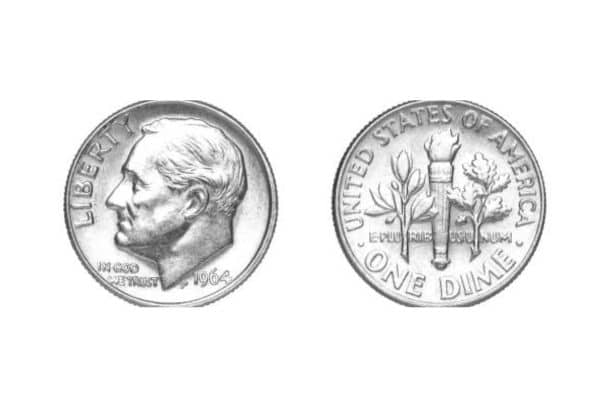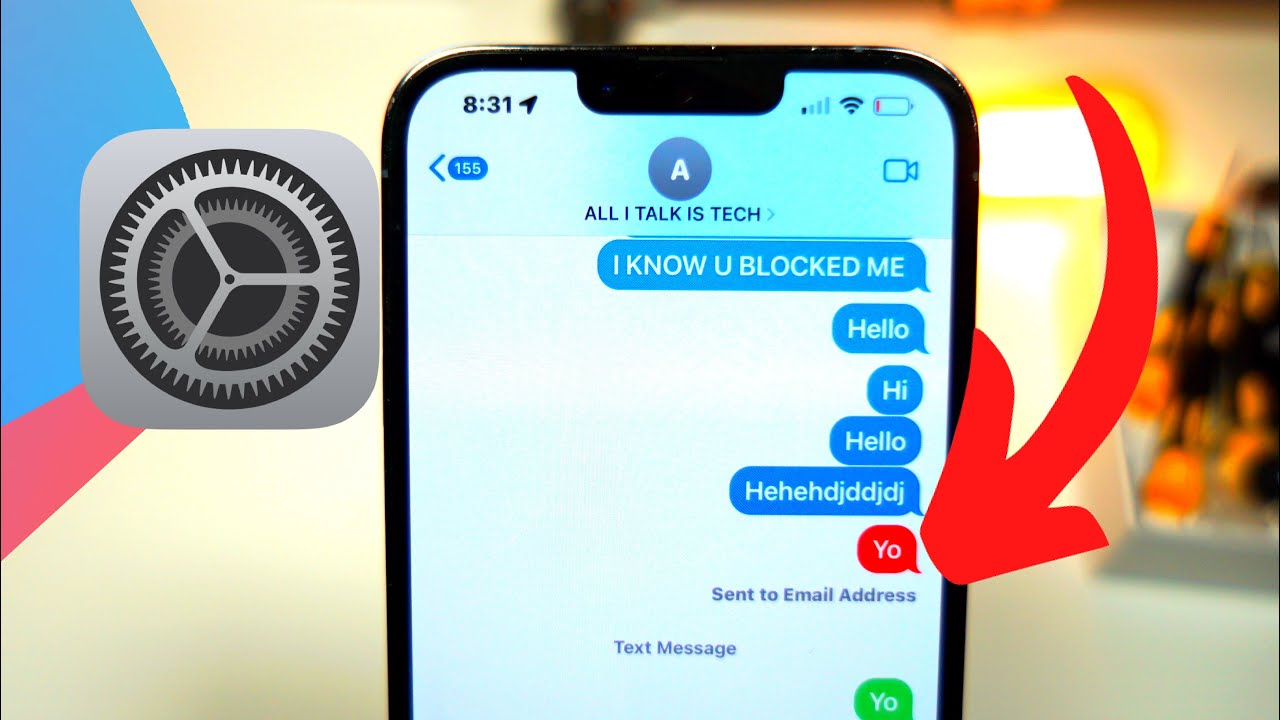Have you ever wondered, as you hear the clink of coins, how many dimes make a dollar? It’s a question that might pop up while you’re buying a coffee or sorting change.
This isn’t just a random thought; it’s a neat little puzzle that connects to understanding money better. Think of it as a fun math game that’s super useful in real life. You know, counting up those small, shiny coins and seeing how they add up to something bigger.
Let’s jump into this simple yet cool idea. It’s all about adding up dimes and seeing what they can turn into!
Table of contents
What is a dime?
A dime is a coin in the United States worth 10 cents. In other words, if you have a dollar, it’s the same as having 10 dimes. It’s the smallest in size of all U.S. coins that are currently minted for everyday use. Despite their small size, dimes play a big role in daily financial transactions.
They are made primarily of a blend of copper and nickel, which gives them a distinctive silvery appearance. On one side of the dime, you’ll find the face of President Franklin D. Roosevelt. Every dime you use is a tiny, yet significant piece of U.S. currency.
Read: How Much is 10000 Pesos in US Dollars: Currency Exchange Rate Calculation
How many dimes make a dollar?
It takes exactly 10 dimes to make a dollar. This is because each dime is worth 10 cents, and there are 100 cents in a dollar. So, when you add up 10 dimes, each contributing 10 cents, they collectively equal the 100 cents that make up a dollar.
This simple math is part of everyday money handling, helping you understand how smaller amounts, like dimes, add up to larger sums.
Whether you’re paying with cash, receiving change, or just counting out coins, knowing that 10 dimes equals a dollar is a handy piece of financial knowledge. It’s a basic but crucial part of understanding currency and managing money effectively.
Also, read: How Many Nickels Make a Dollar: Simple Math for Financial Mastery
How to count dimes
Counting dimes is a straightforward task that can be quickly mastered with a little practice. Since each dime is worth 10 cents, the easiest way to count them is in groups of 10. For instance, if you have a pile of dimes, start by separating them into groups of 10 coins each. Each group represents one dollar.
If you’re dealing with a large number of dimes, this method keeps the counting manageable and reduces the chance of errors. Once you have them grouped, count each group as $1. For example, if you have 5 groups of 10 dimes, you have $5.
This method simplifies the process and helps you keep track of how much money you have in dimes, especially when dealing with large quantities. Remember, practice makes perfect, and soon you’ll be counting dimes like a pro!
How do you make $1 with dimes?
Making $1 with dimes is a matter of simple addition, as each dime is worth 10 cents. To create a total of $1, you need to gather 10 dimes together. Here’s how it works: every time you add a dime to your count, you’re adding 10 cents to your total.
So, start with one dime (10 cents), add another (20 cents), and keep going. By the time you add the tenth dime, you’ve reached 100 cents, which is exactly $1. It’s like building a puzzle, where each piece (or dime) is a step closer to completing the picture (or dollar).
This basic counting method is a fundamental part of understanding and handling money effectively.
Also, read: Is Inbox Dollars Safe: A Scam, Legit, and Real?
FAQs
The value of a dime, set at 10 cents, is part of the U.S. currency system, where 100 cents make a dollar. The dime is designed to be one-tenth of a dollar.
Yes, you can exchange dimes for other coins. For example, two dimes can be exchanged for four nickels, as both equal 20 cents.
Modern dimes are primarily made of a copper-nickel blend, but older dimes (pre-1965) were made of silver.
Conclusion
Understanding how many dimes make a dollar is more than just basic arithmetic; it’s a fundamental aspect of financial literacy. This simple concept aids in developing essential math skills, enhances practical money management, and offers a window into the broader world of currency and value.
References
- splashlearn.com – Dimes
- finty.com – How many dimes make a dollar?
- homeworkstuyd.com – How many dimes are in a dollar?






